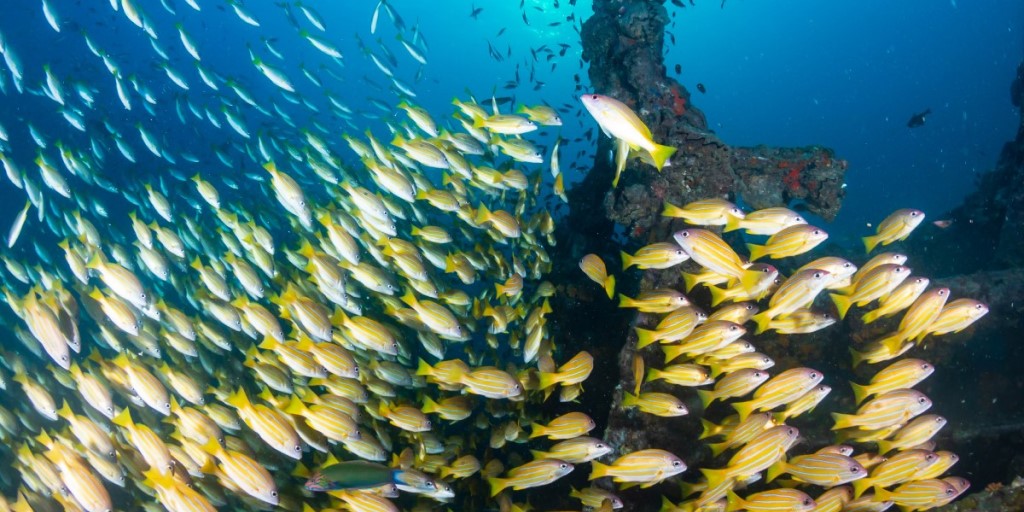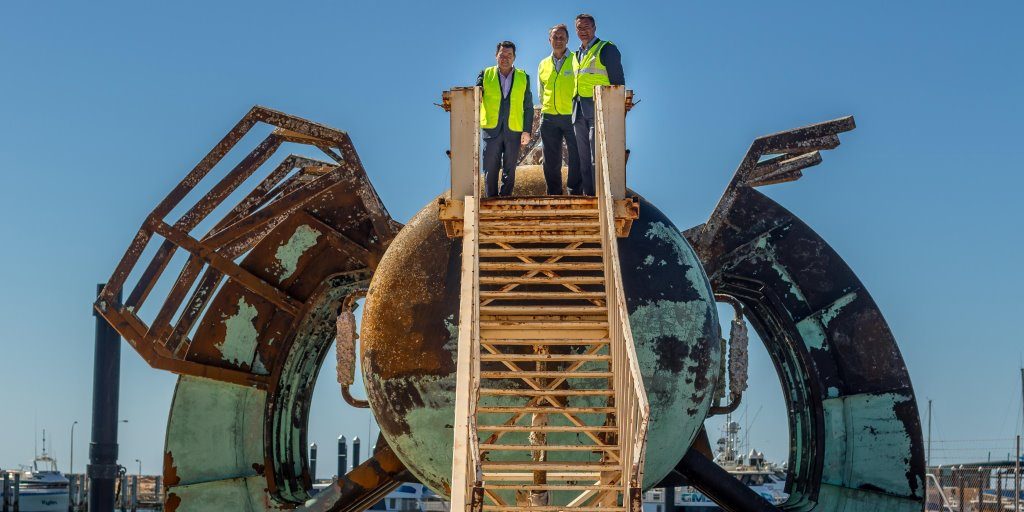Fish favour artificial reefs
When it comes to habitats, fish are voting with their fins. They prefer artificial reefs.
Yes, you read correctly. Aquatic life is swarming to out-of-service oil and gas platforms at rates “at least four times higher per unit area than some of the world’s most productive coral reefs.”
They’re an underwater biodiversity bonanza.
A study by Curtin University has confirmed that decommissioned oil and gas infrastructure, sometimes called rig-to-reef projects, are attracting more fish than real reefs.
Meaning if you’re looking for Nemo, you’re four times more likely to find him and his schoolmates at an artificial reef than a real one.
The benefits aren’t just enjoyed by marine life. They’re economic drivers. Local fisheries, marine scientists, and tourists all win, with platforms becoming diving and fishing destinations.
The lead author on the Curtin University report, Professor Euan Harvey said the structures studied had economic benefits to match the ecological ones.
“Most jurisdictions require that offshore structures be removed for onshore disposal,” he said.
“However, there is growing interest in understanding the ecological and socio-economic benefits of leaving structures in the water. In this study, we recorded 43 species of fish on the platforms and five reference sites with most fishes on platforms categorised as coral-reef or coral-reef-associated species.”
“We conservatively estimate each platform had a scaled mean biomass of 2927 kg and the fished species had a scaled mean economic value of 175,500 Thai Baht ($AUD7238) per platform.”
One of the largest examples in Australia is the King Reef, off the coast of Exmouth, WA.
The largest and fastest developing purpose-built artificial reef in the Southern Hemisphere, it is primarily composed of six giant steel structures repurposed from BHP’s Griffin offshore facility, decommissioned in 2018.
How do these artificial aquatic environments become marine life magnets?
Repurposed and retired offshore oil and gas platforms submerged legs attract marine life. Over time, they spawn ecosystems that become dependent on them in a similar fashion to naturally occurring reefs. Other parts of the platforms are also reused in this fashion.
This intentional leaving of submerged support structures and parts is referred to by the industry as a Rigs-to Reefs (RTR) procedure. This produces visually stunning habitats conducive to the growth of marine life.
The practice isn’t unique to the oil and gas industry, either – everything from decommissioned ships and vehicles through to underwater art installations have been created for a similar purpose.
Learn more about artificial reefs and how they come to be.
Explorewith Natural Gas Subscribe




